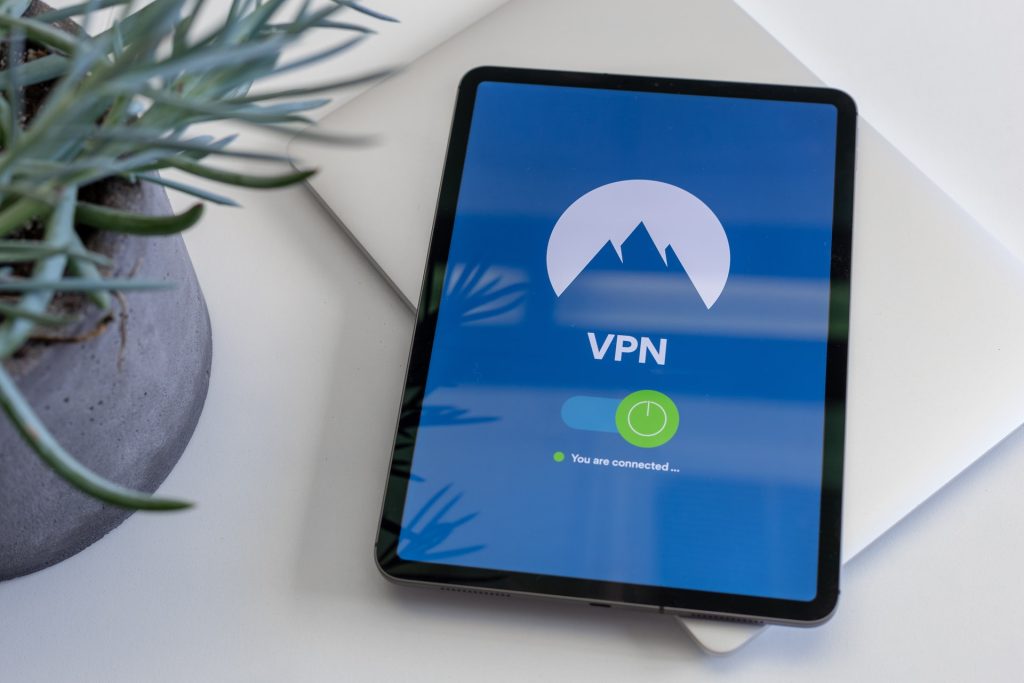The dawn of the digital age has revolutionised our lives, facilitating instantaneous communication and unprecedented access to information. However, with these advancements comes the increased risk of cyberattacks. In 2023, as we become more connected, the importance of safeguarding our digital lives has never been more crucial. This article provides a primer on the basics of cybersecurity, offering steps to ensure your online presence remains secure.
1. Understand the Threats:
- Phishing: Cybercriminals trick individuals into providing sensitive information via deceptive emails or websites.
- Ransomware: Malicious software that blocks users from accessing their systems or personal files until a ransom is paid.
- Man-in-the-Middle Attacks: Cybercriminals intercept and possibly alter communication between two parties without detection.
2. Strong, Unique Passwords:
- Use a mix of letters (upper and lower case), numbers, and symbols.
- Avoid easily guessable passwords such as “password123” or “admin.”
- Consider using passphrase methods, like combining random words or using the initials of a memorable sentence.
3. Multi-factor Authentication (MFA):
- Always enable MFA wherever possible. This requires users to provide two or more verification methods – something they know (a password), something they have (a phone), or something they are (a fingerprint).
4. Regular Software Updates:
- Ensure that your operating systems, apps, and software are always updated. These updates often contain vital security patches.
5. Beware of Public Wi-Fi:
- Avoid accessing sensitive information or conducting financial transactions over public networks. If necessary, use a Virtual Private Network (VPN) to encrypt your online activity.
6. Secure Your Personal Devices:
- Use screen locks and strong passwords.
- Regularly back up your data, either to the cloud or an external hard drive.
- Install reputable antivirus and anti-malware software.
7. Be Cautious with Emails:
- Avoid clicking on suspicious links or downloading attachments from unknown sources.
- Check the sender’s email address to verify its authenticity, especially if the content appears odd or out of context.
8. Protect Personal Information:
- Be cautious about the personal details you share online, especially on social media.
- Regularly check and tighten privacy settings on your social profiles.
9. Educate Yourself:
- Cybersecurity threats are ever-evolving. Stay informed about the latest threats and best practices to counteract them.
10. Secure Physical Access:
- Ensure that devices like laptops, phones, and tablets are secure from physical theft. Simple acts, such as not leaving your laptop visible in a car or using a secure locker at public places, can go a long way.
Featured Photo by Petter Lagson on Unsplash


